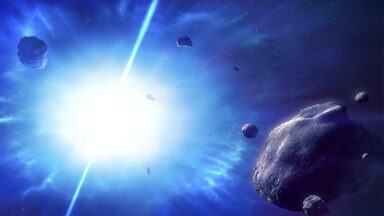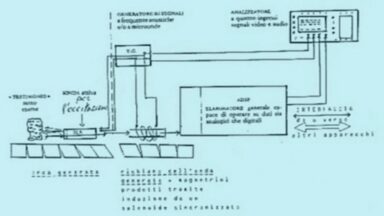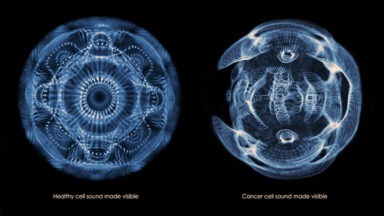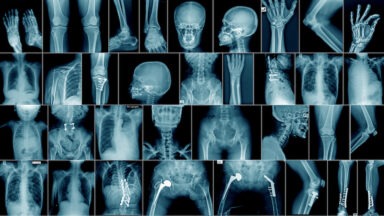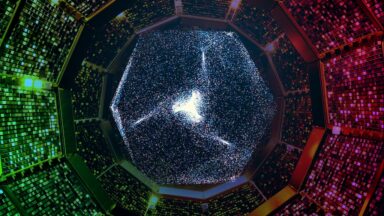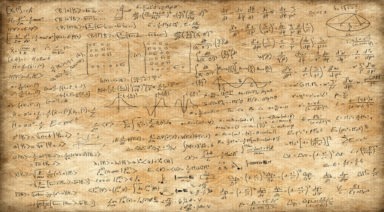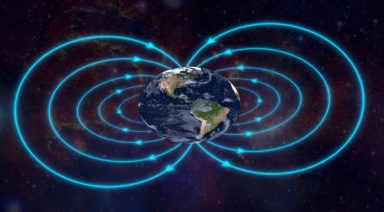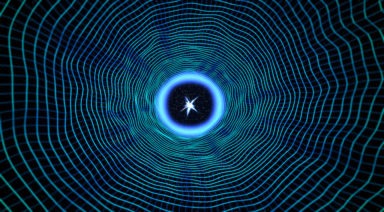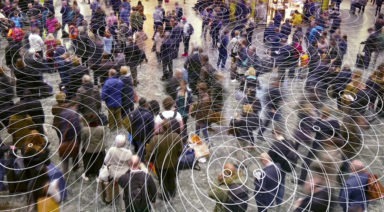Decades After Landing on Mars, We May Find Proof of Past Life

After 25 years of rovers landing on Mars, many are looking forward to the next chapter of Mars exploration, which may include excavating deep into the red planet. In July 1997, NASA’s Pathfinder landed on Mars and began its mission to demonstrate how a robotic rover would land on the red planet.
Using an innovative design, the rover landed on Mars with a parachute and a series of giant airbags to cushion its blow. The Carl Sagan memorial station and the Sojourner Rover outlived their projected lifespan, and in the years following sent magnificent images back to Earth.
The lander returned more than 16,500 images and the rover sent back 550 more, in addition to chemical analyses of rocks, soil, and data on wind and weather. The final transmission from the Mars Pathfinder was on September 27, 1997, but the data it provided helped scientists to conclude Mars was once wet and warm, and rounded rocks on the surface indicate they may have been worn down by running water, and if there was water, there could have been life.
Flash forward to today, NASA’s Perseverance Rover, on the red planet since February of 2021, is tasked with finding past or present life and seeing if humans could one day explore or colonize Mars.
Perseverance is collecting samples to determine if they contain any fossils of ancient Martians. But a new study led by Alexander Pavlov, a space scientist at NASA, says they might have to dig a lot deeper.
Pavlov argues that amino acids could be the best evidence of any past life on Mars, but after millions of years of radiation, all those amino acids on the surface would have been destroyed, writing, “Our experimental results suggest serious challenges for the search of ancient amino acids and other potential organic biosignatures in the top 2m of the Martian surface.” Two meters, or roughly seven feet, may not sound like much, but Perseverance can only dig a few inches.
“Microcraters are common on Mars,” Pavlov told Vice. “Small impactors can excavate rocks from several meters of depth. Cosmic rays are significantly reduced by two-meter depth into a rock and do not penetrate at all below four meters. Therefore, an ejecta from such depths would have a small exposure time to cosmic rays and thus, may contain the primordial unaltered amino acids from billions of years ago.”
In 25 years of humans studying the surface of Mars we have learned so much, but as Pavlov concluded in his study, “We have only scratched the surface of this problem.”
With every problem comes the opportunity to figure out a solution and perhaps this will help us find life on Mars.
Could New Unexplained Fast Radio Bursts Be Alien Signals?
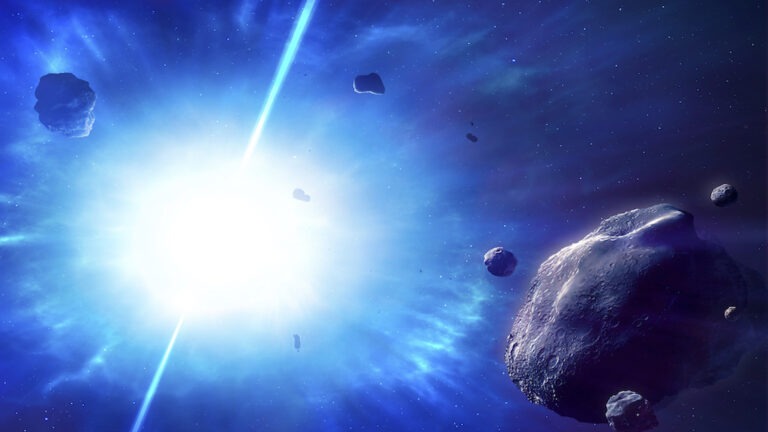
A repeated galactic burst of energy coming from three billion light-years away has been detected again and astronomers don’t know what it is. First observed in 2007, this phenomenon called a fast radio burst (FRB) lasts only a fraction of a second but puts out massive amounts of energy, and some put out repeated signals.
Marc D’Antonio, astronomer and Gaia News contributor weighed in on this phenomenon.
“These fast radio bursts are what they sound like, radio bursts, that is down in the long-length end of the spectrum, they’re red in the spectrum— the light you can’t see. They happen in just a few milliseconds, but we usually see them from galaxies that are billions of light-years away, which implies they have a massive strength to get here with the kind of intensity that they do. So that was a mystery. Then we theorized about, or astrophysicists theorized about, stars like the pulsar, which is a neutron star but far more magnetic,” D’Antonio said.
“That means that if these stars have massive magnetic fields, then they have this rarified atmosphere that includes electricity and magnetic fields and then the surface of the star itself. And under certain conditions, those stars could emit basically like a shockwave pulse, a resonant pulse — that is like waves, you know you push waves in a pool and eventually one of them is going to get really big, well that really big wave is a resonant wave, it’s the one that they all add together. And sometimes that happens with these magnetars as they’re called, these gigantic, highly magnetized neutron stars that send out this very, very rapid pulse — POW!”


